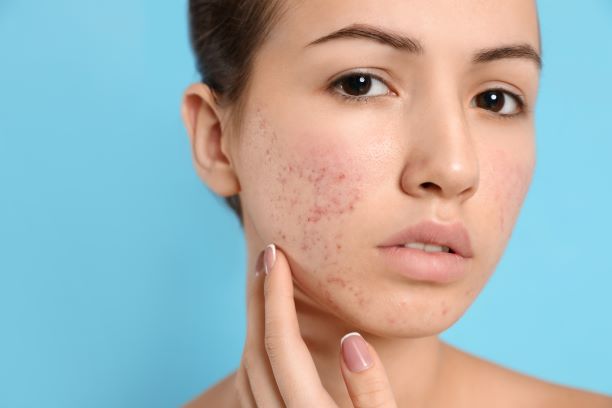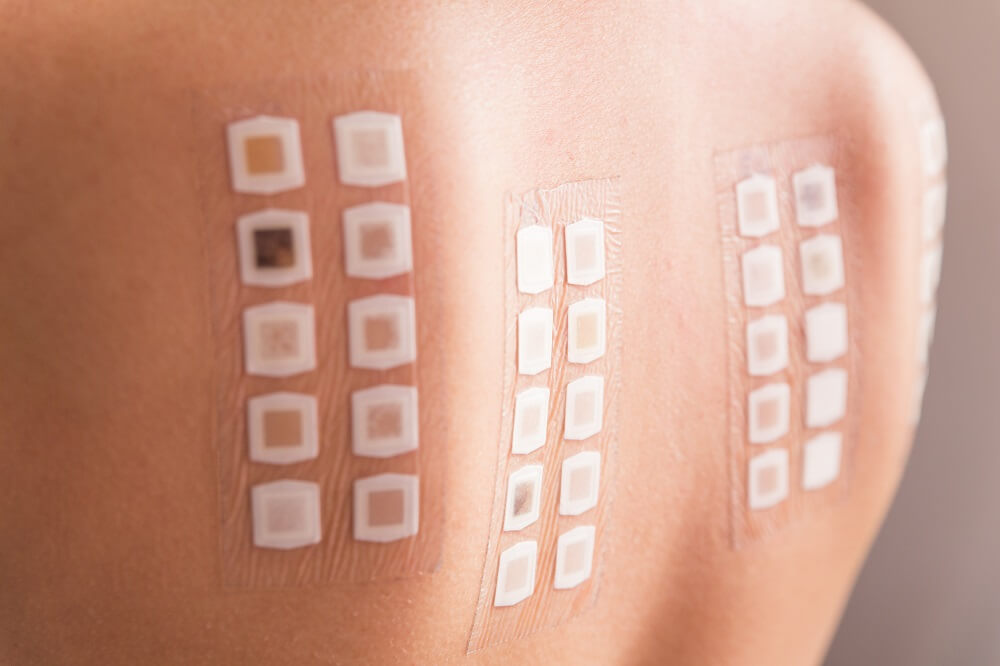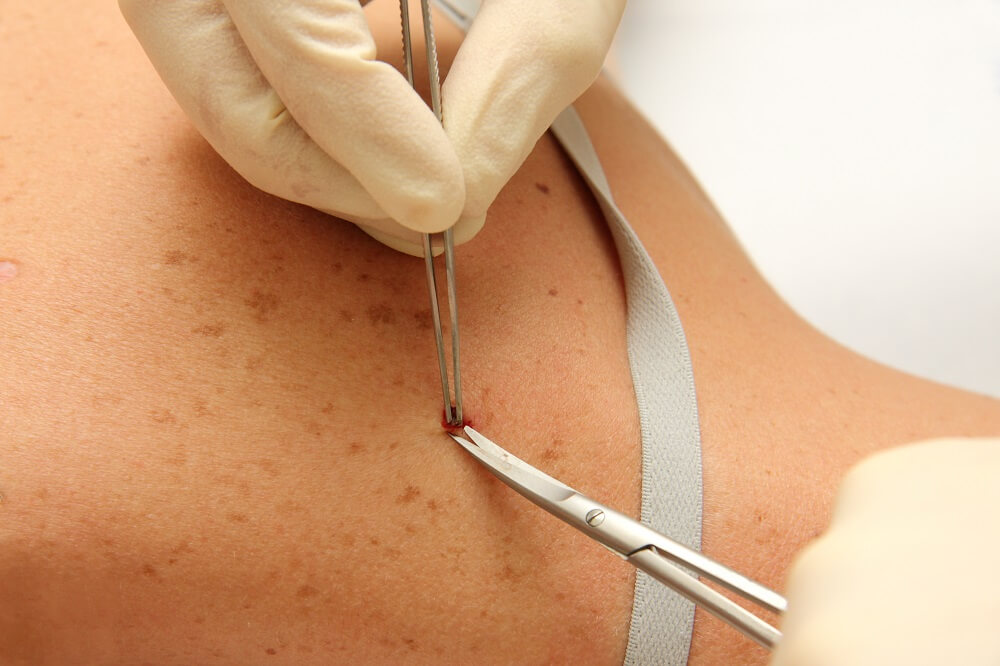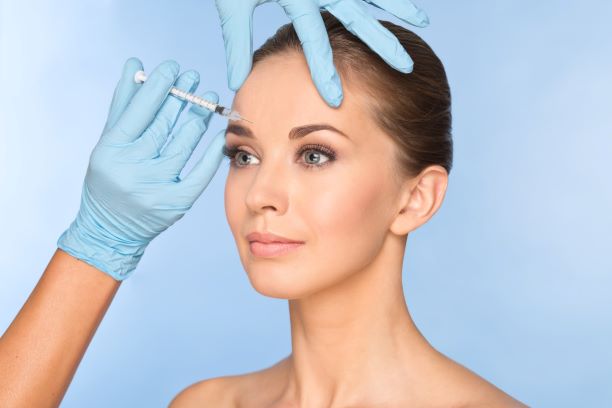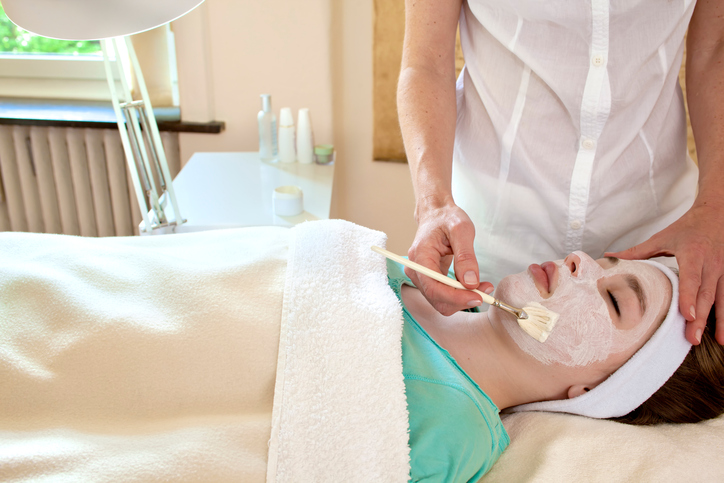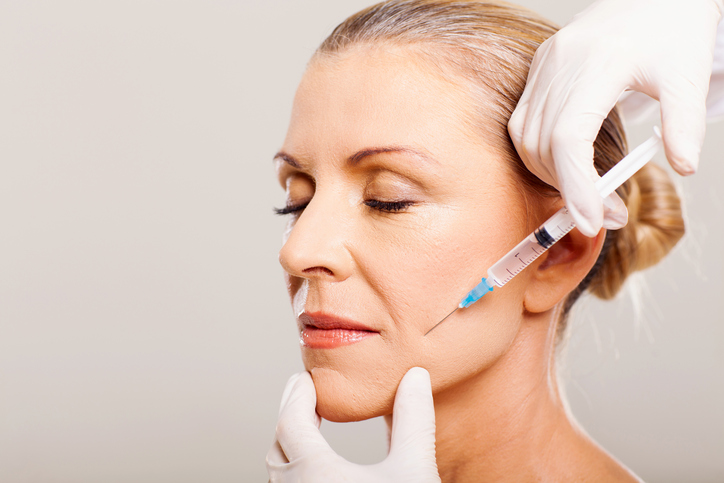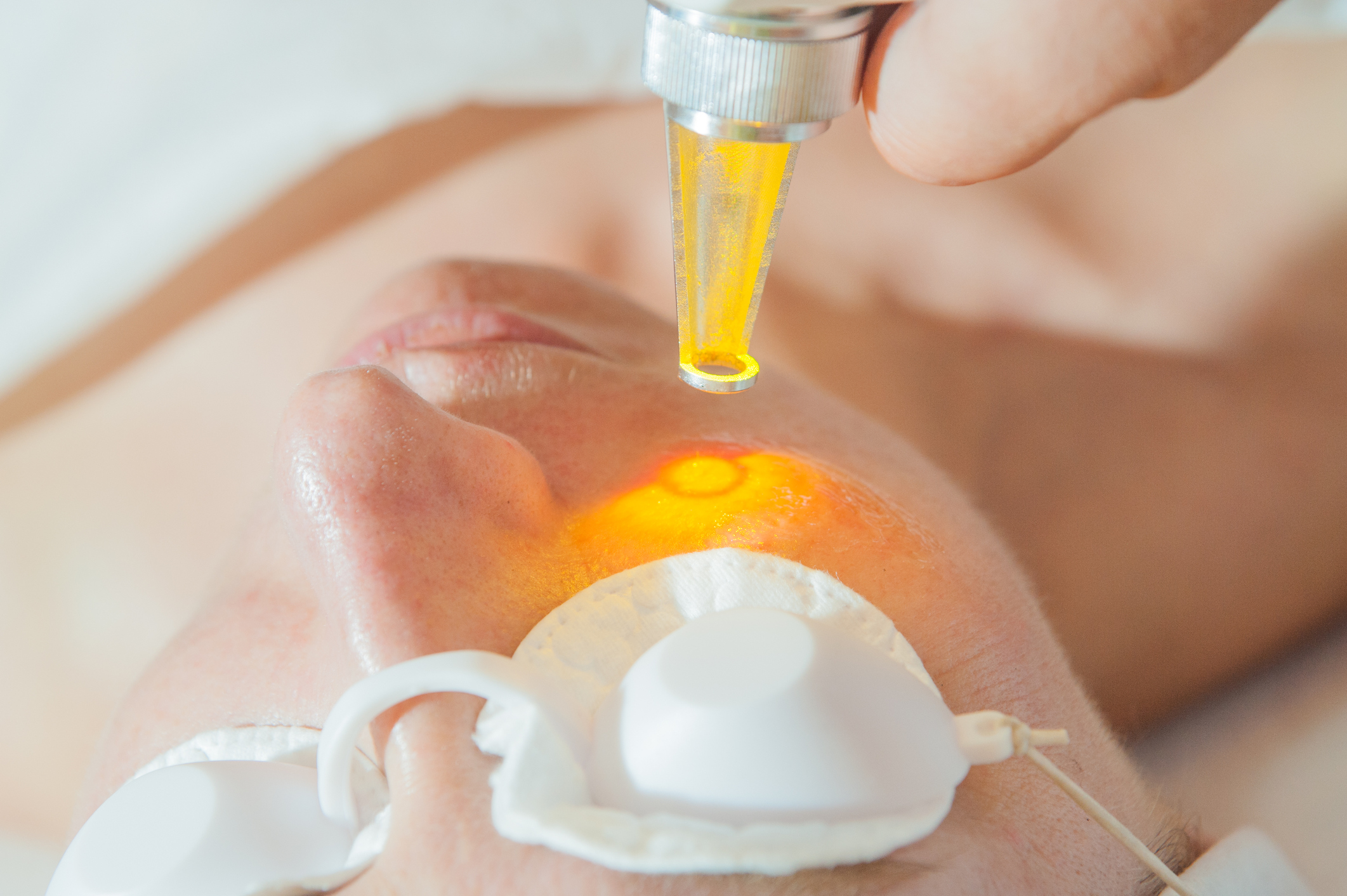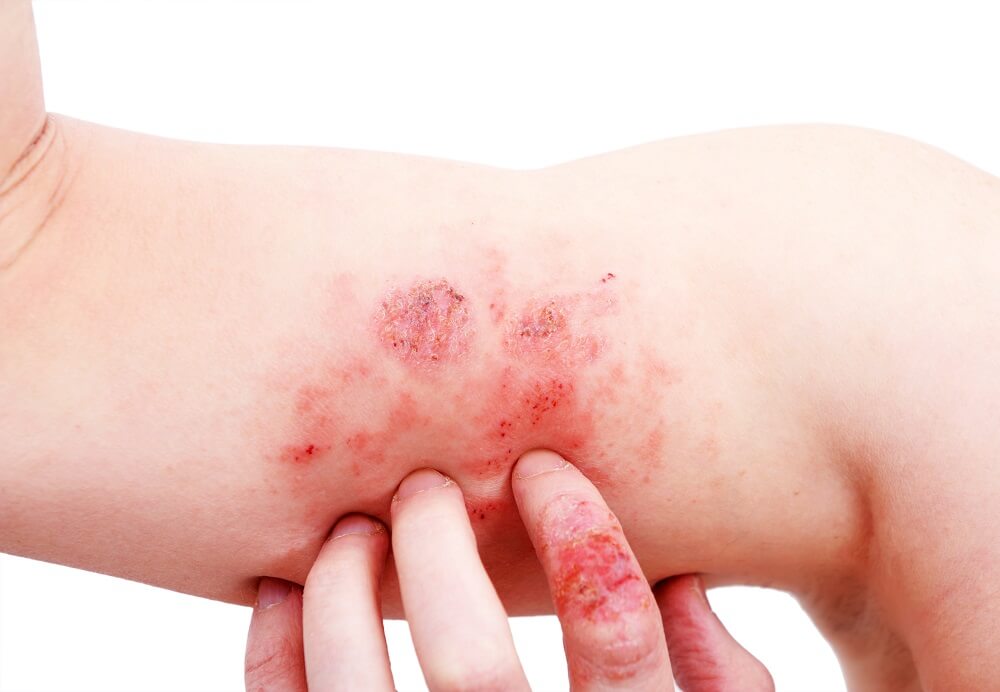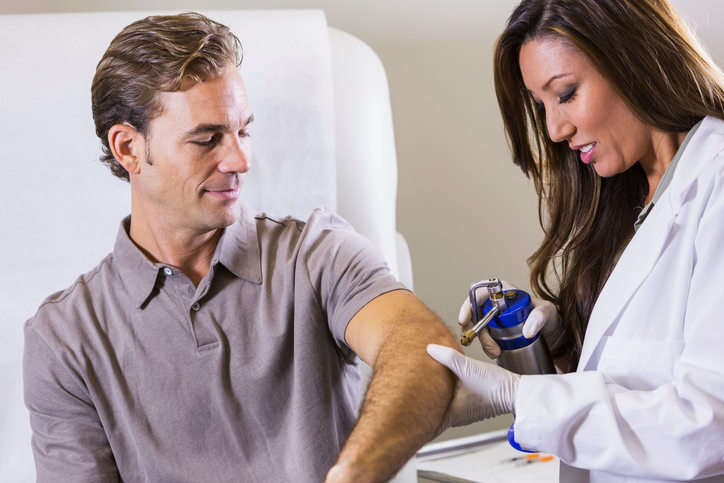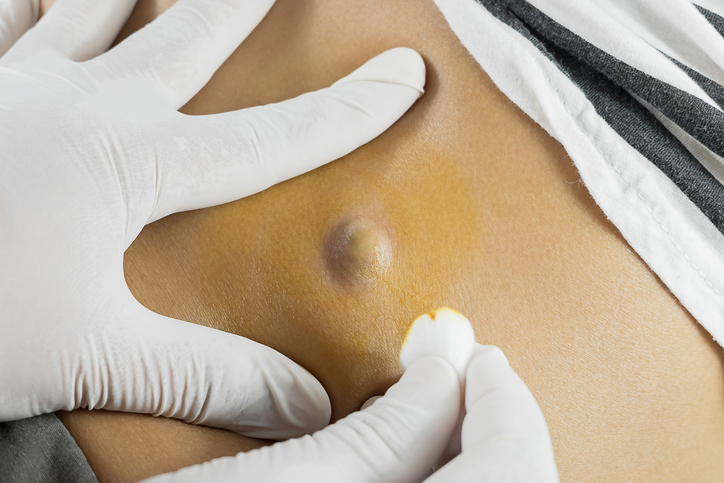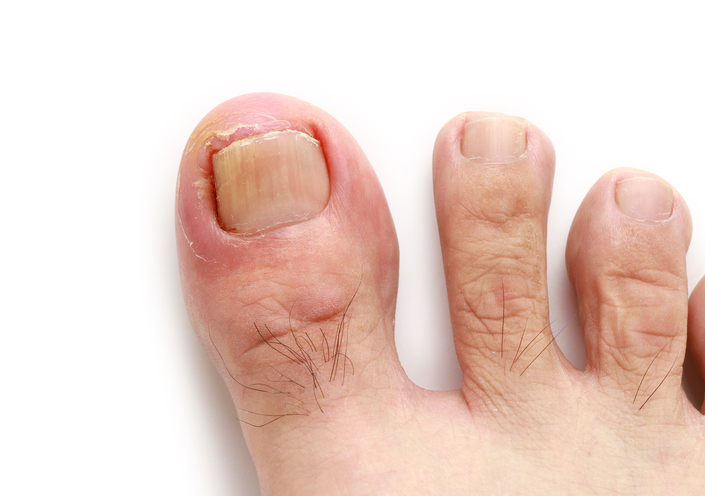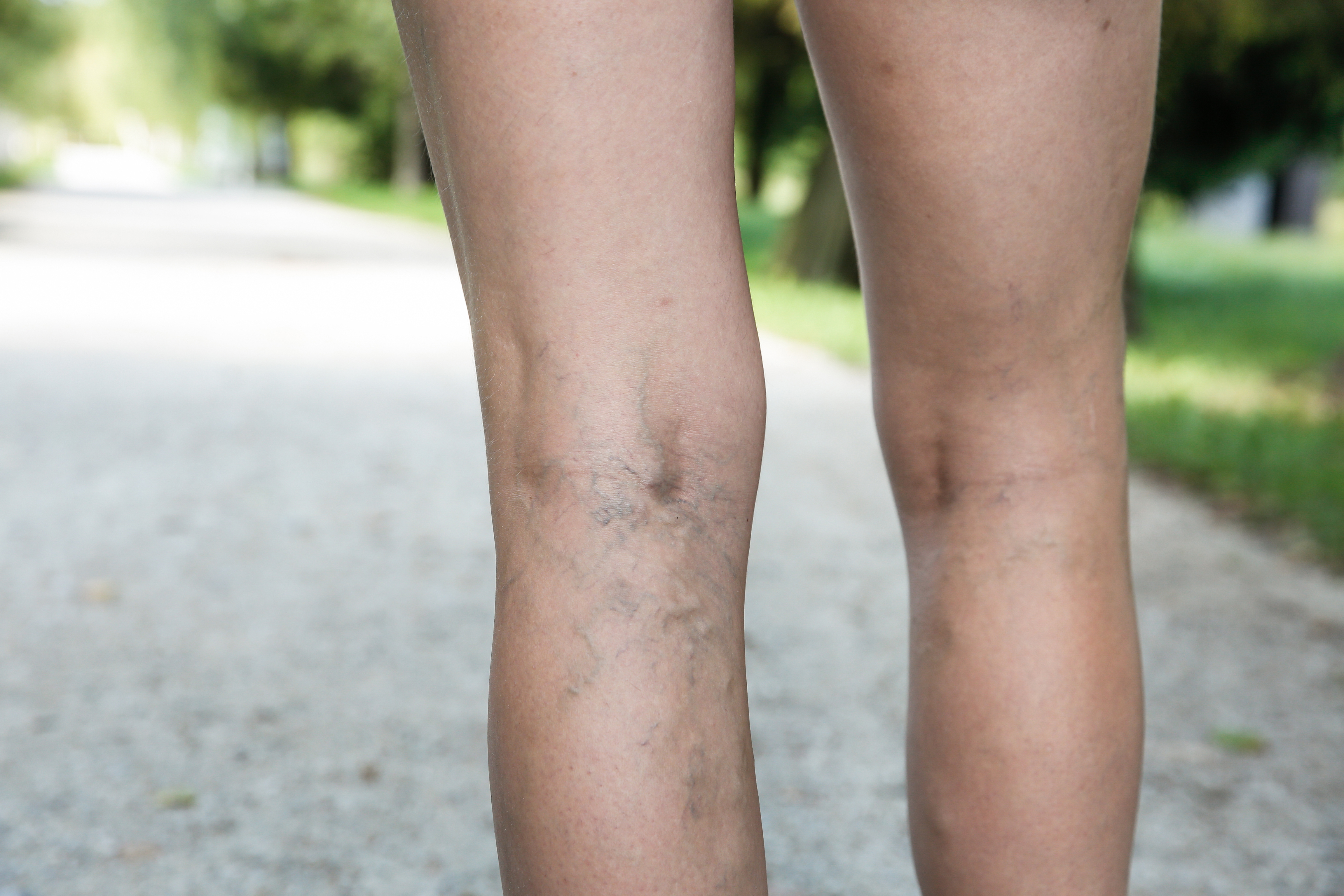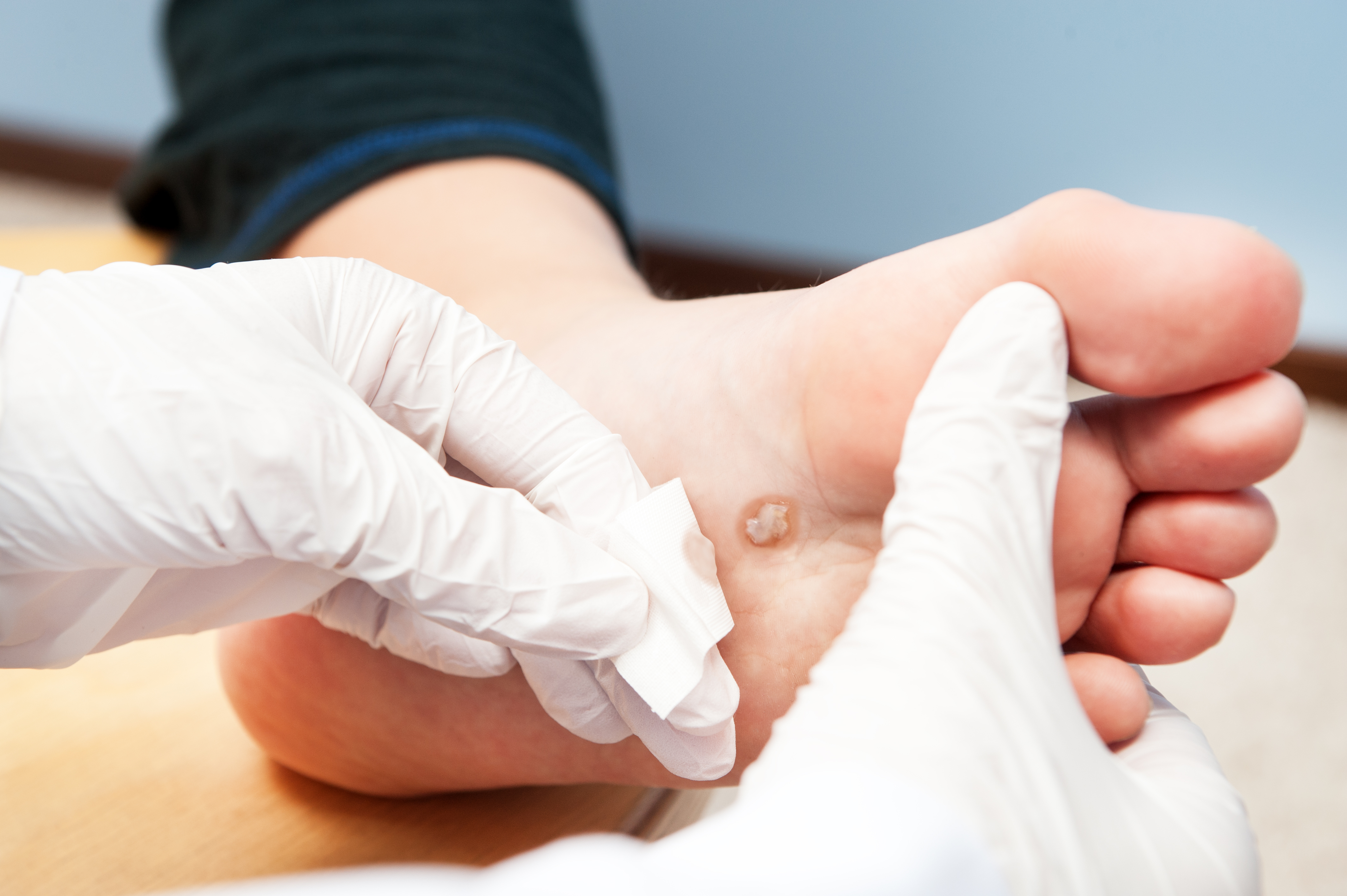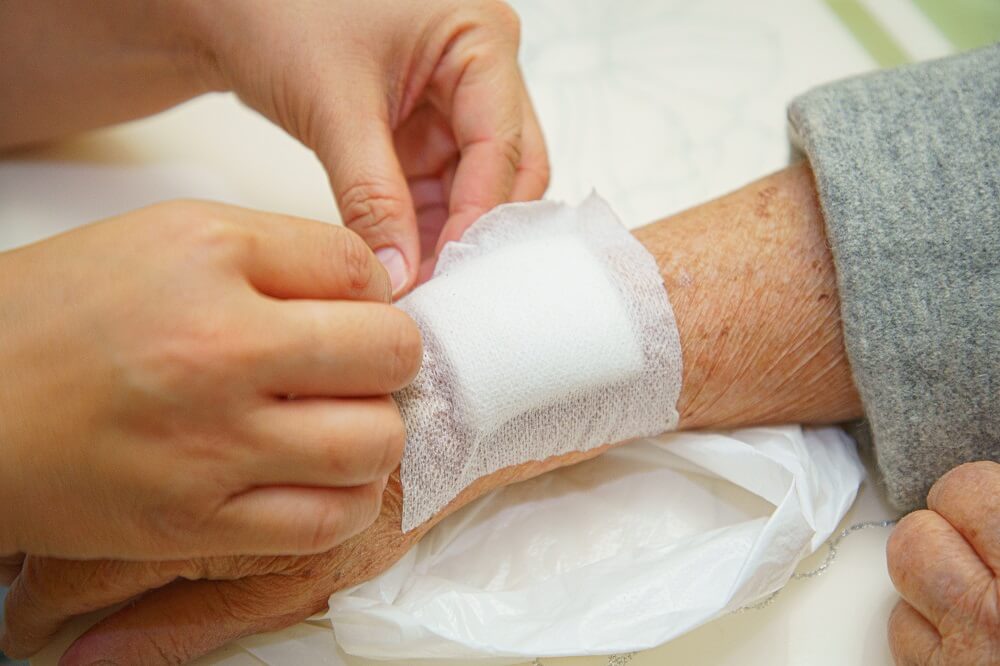Accutane
Accutane is an effective treatment for many acne patients. If you have extreme acne, your dermatologist may prescribe Accutane. Learn more about the requirements of taking Accutane here.
Allergy Patch Testing
Allergy Patch Testing is a treatment used to diagnose any form of contact dermatitis and determine which allergens affect the skin. If you have hives or other allergic reactions, your dermatologist may suggest allergy patch testing. Learn to care for yourself pre-and post-testing.
Biopsy
If you have abnormal skin growth, your dermatologist may recommend a biopsy or excision. Learn how to care for yourself pre-and post-surgery.
Botox
Want to reduce the appearance of wrinkles? Your dermatologist may suggest a Botox injection. Botox is an injectable used to treat certain muscular conditions by temporarily paralyzing specific muscles. Learn how to care for yourself pre-and post-Botox treatment.
Chemical Peels
Want to improve the appearance of your skin? Your dermatologist may recommend a chemical peel. Chemical peels are treatments that can improve the skin’s appearance by peeling off the old skin. Learn how to care for yourself pre-and post-treatment.
Dermal Fillers
Dermal fillers refer to a line of products that are injected into the skin to replace lost volume, enhance lips, reduce wrinkles and rejuvenate the skin overall. To reduce the appearance of wrinkles your dermatologist may suggest a dermal filler. Learn how to care for yourself pre-and post-dermal filler treatment.
Diloite Laser
Laser treatments use focused light for treatment. Lasers are tuned to very specific frequencies to perform different tasks, and can even be used in surgery to allow doctors to work on a very precise area with less pain, swelling, and scarring than traditional surgery. If you have skin discoloration, your dermatologist may recommend Diolite Laster Treatment. Learn how to care for yourself pre-and post-treatment.
Eczema (Atopic Dermatitis)
Eczema is a fairly common condition in which the skin becomes inflamed. It is also sometimes referred to as dermatitis and has many different types. If you have eczema, your dermatologist can help. Learn how to care for yourself pre-and post-treatment.
Freezing / Cryotherapy
Cryotherapy, or “cryosurgery,” is a simple, non-invasive procedure in which liquid nitrogen is used to freeze and destroy growths on the surface of the skin. If you have signs of abnormal skin growth, your dermatologist may recommend cryotherapy, using liquid nitrogen. Learn more about cryotherapy here!
Incision and Drainage of Abscess
Cysts or abscesses are pockets of tissue (sacs) that may become filled with pus, fluids, skin cells, and even air. If you have an abscess or cyst, your dermatologist may recommend having it drained. Learn how to care for yourself pre-and post-drainage treatment.
Nail Avulsion / Removal
A fungal infection is an inflammatory condition that is caused by fungus. They can appear in many parts of the body and include athlete’s foot, yeast infections, skin and nail infections, and more. For nail fungal infections, your dermatologist may recommend nail avulsion or removal. Learn how to care for yourself pre-and post-nail avulsion treatment.
Sclerotherapy (Ascelera)
Sclerotherapy is an outpatient procedure designed to treat varicose and spider veins in the legs. Sclerotherapy involves injecting a solution directly into the vein, which causes the vein to constrict and become less apparent. If you have spider or varicose veins, your dermatologist may recommend sclerotherapy. Learn how to care for yourself pre-and post-sclerotherapy treatment.
Wart Treatment
Warts are benign, non-cancerous growths that appear on the skin as the result of a virus called human papillomavirus, or HPV. If you have warts, your dermatologist can help. Learn how to care for warts pre-and post-treatment.
Wound Care
If you have an open wound, your dermatologist may recommend these wound care instructions. Learn how to care for wounds pre-and post-surgery.

